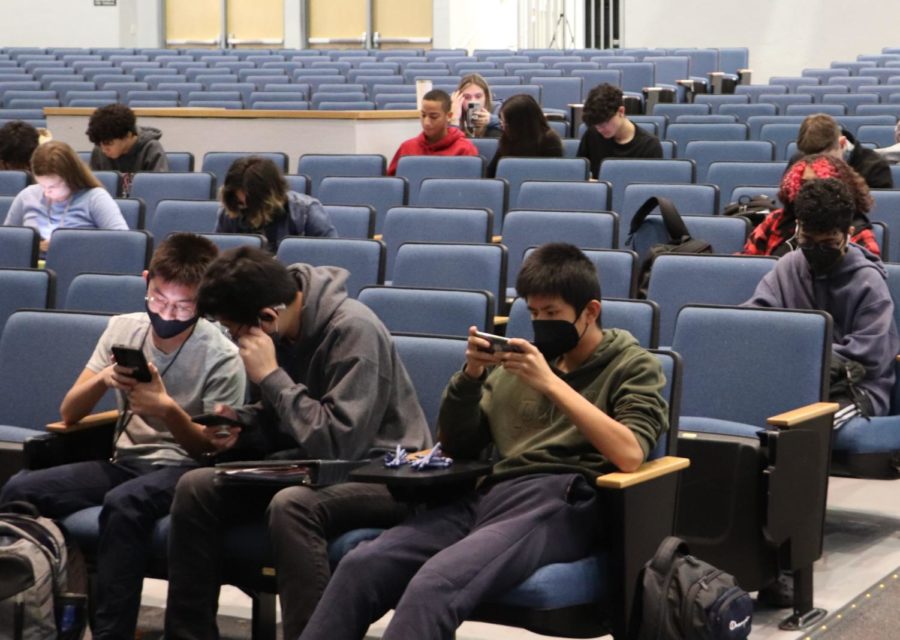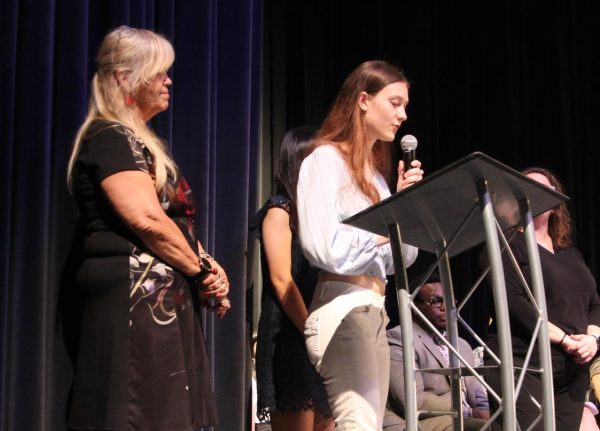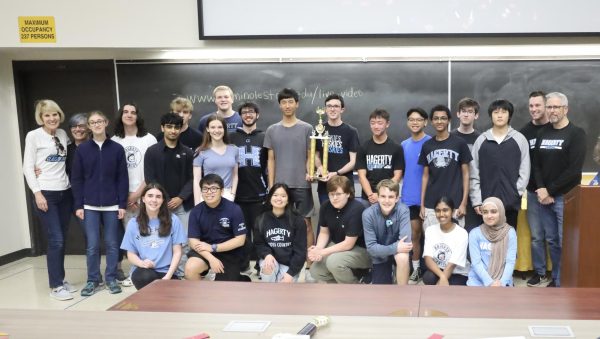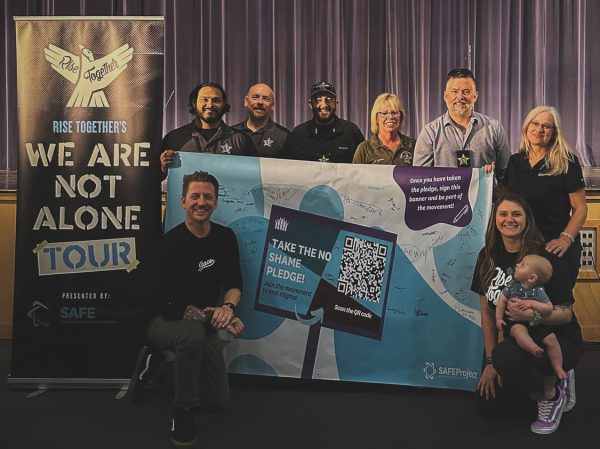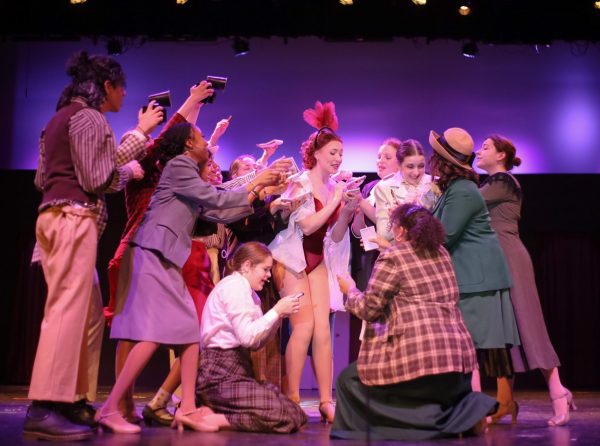Omicron brings challenges to students, staff
photo by Alexis Madlang
Due to the substitute shortage, students sit in the auditorium on Jan. 14 during their scheduled class. The Omicron variant has created county-wide staffing problems.
Coming back from winter break, students expected to resume their normal school schedule – riding the bus, learning from teachers, working with peers – but the new semester has not quite followed the plan. The Omicron variant continues to disrupt school procedures as case numbers skyrocket, with Florida’s daily average hitting 60,000 cases in mid January.
Currently, the school is facing substitute, bus driver and custodian shortages. The lack of staff has made it difficult for administration to find individuals who can keep school running smoothly, as well as causing a pause in learning and work for students. On Jan. 14, staff was short 19 teachers and six substitutes.
“People are getting sick and calling out, which is understandable across all areas right now,” assistant principal Dr. Doug Miller said. “Subs don’t really want to sub in this environment.”
In Seminole County, staff who test positive are required to quarantine for five days, whereas students are required to quarantine for 10. During the quarantine period, students are still expected to keep up with their work. Junior Emily Poulin, who is currently quarantined, feels that this imposes unnecessary stress onto sick students.
“Working prevents me from resting properly because I’m worried about my grades,” Poulin said.
Often because of the long quarantine period, many students have chosen to not report their positive test result to administration. On Jan. 12, administration received notice of around 25 positive cases, but Miller feels that the true number of positives is much higher.
“The decrease in emails could be because fewer people are reporting or it could be because fewer people are getting sick, but who knows?” Miller said. “I’m assuming that number is probably double or triple, at least.”
School districts across the country have reconsidered their COVID-19 protocols to account for the variant. In Chicago, school was canceled for more than 300,000 students as teachers advocated for stricter safety measures, like weekly testing. In Orange County, all adults on school grounds are required to wear a mask because of the increasing positivity rate. However, Miller does not foresee a mask mandate for Seminole County due to the mild symptoms that accompany the variant and the lack of protection that cloth and surgical face masks offer.
“Our governor has been pretty clear about giving individual choice on [masks],” Miller said. “We’re expecting [case numbers] to peak and decline quickly.”
Though cases are rising, many SCPS coronavirus protocols have remained the same. Contact tracing is still in place, according to principal Robert Frasca, but students are not required to quarantine after being exposed to the virus. Poulin and sophomore Neha Kabir, who tested positive on Jan. 5, feel that new learning options should be offered to those with high-risk families.
“Schools should return the opinion of online schooling,” Kabir said. “This virus is not a joke and can be deadly to some people’s loved ones. At the very least, schools should make it required for students to wear masks.”
However, Frasca believes that returning to remote learning could hurt students.
“We understand the importance of face-to-face learning for students and the significant learning loss that we face if we have to return to a completely remote platform,” he said. “I am confident that we will do everything that we can to keep from returning to a fully remote learning experience.”
Though there may be a rough road ahead, Frasca says that it is a priority to keep students and staff safe and comfortable while they are on campus.
“We try to do everything that we can to keep the students from feeling any significant changes to their daily routines,” Frasca said. “I believe that it is up to students and parents to decide what is best for each student individually to keep themselves healthy.”
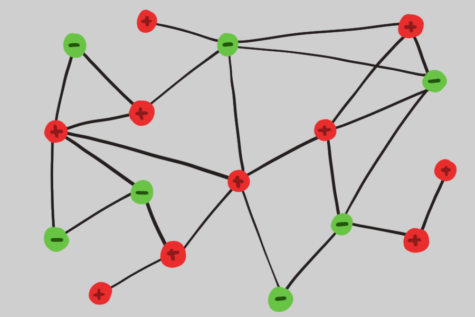
Your donation will support the student journalists of Hagerty High School. Your contribution helps us publish six issues of the BluePrint and cover our annual website hosting costs. Thank you so much!


